

I'm working on funding, and various other aspects of "Risalo" before I can put together the puppetry shoot, so I have a lengthened schedule. To take advantage of this, I want to refine the storyboards or animatic for the film with another draft. This time I want to incorporate lighting and the actual sets. This is another important step in the process of testing out all the set pieces and polishing them. To this end, I've been borrowing camera gear and some lights from generous friends.Creating space for the camera and stage setup is not too difficult in my studio space. Once I get lights added to the mix, it will be much more difficult to fit everything. I shot tests with a Canon Markii (full frame camera), a Sony A33 and my own little Canon Rebel T4i. I worked with several lenses, a Canon 50mm 1.8, Canon 16-35mm 2.8, Canon 70-200mm 2.8, Rokinon 16mm 2 and a Minolta 50mm 1.7.
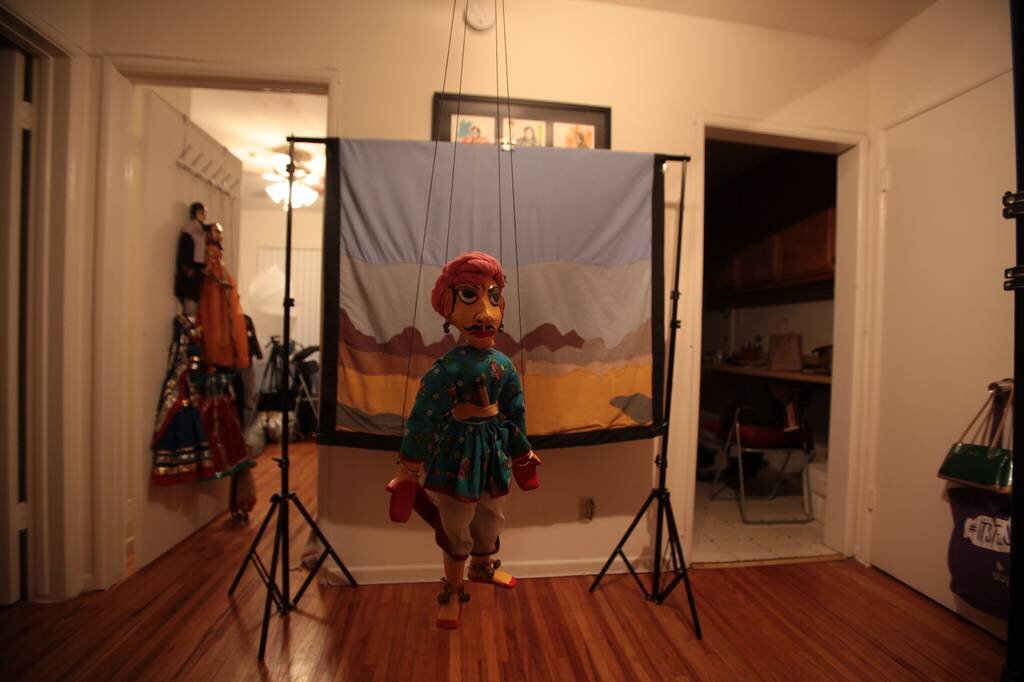

I found that wider lenses like 16mm to 35mm tend to create too large a field of view. Everything looks tiny and your shot choices are quite limited as the edges of the set quickly become visible. Those same lenses give fantastic depth when shooting out on a trail or in other larger spaces. They also work great when you are in a crowd and can't get far enough away to frame things that are relatively close at human scale. When you get to puppet scale, with the size of my backdrops, it makes the world appear too small.Working with the 50mm lenses was a lot of fun. They have wide apertures, so they let in lots of light. The depth of field looks beautiful too. You get really nice bokeh and sharp in focus areas. The camera has to be closer to the puppets to get it all, but I can be a foot or three away and compose some nice shots. I can't get extreme closeups of the hands and parts of the face, but I can see these lenses being used a lot.

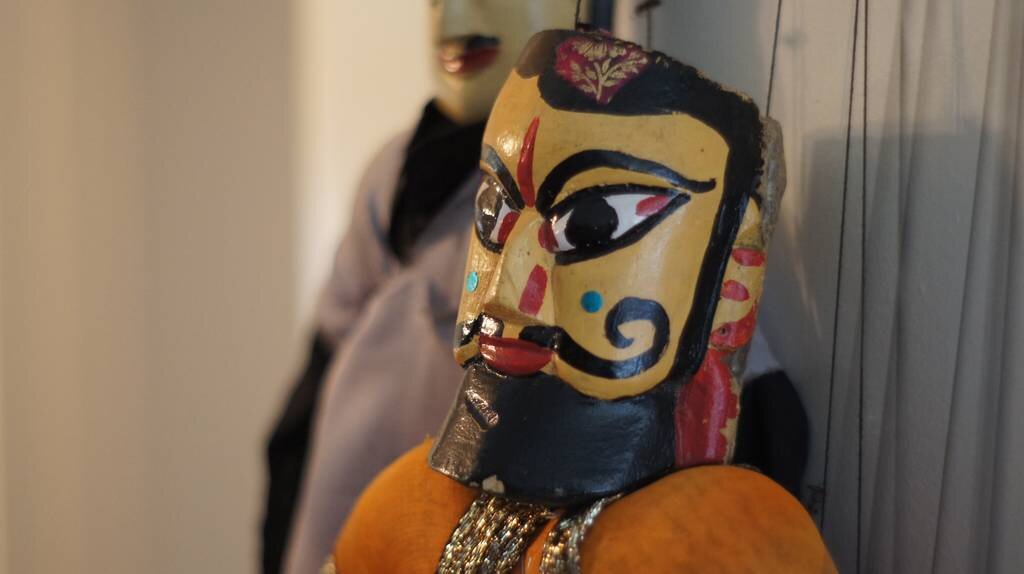

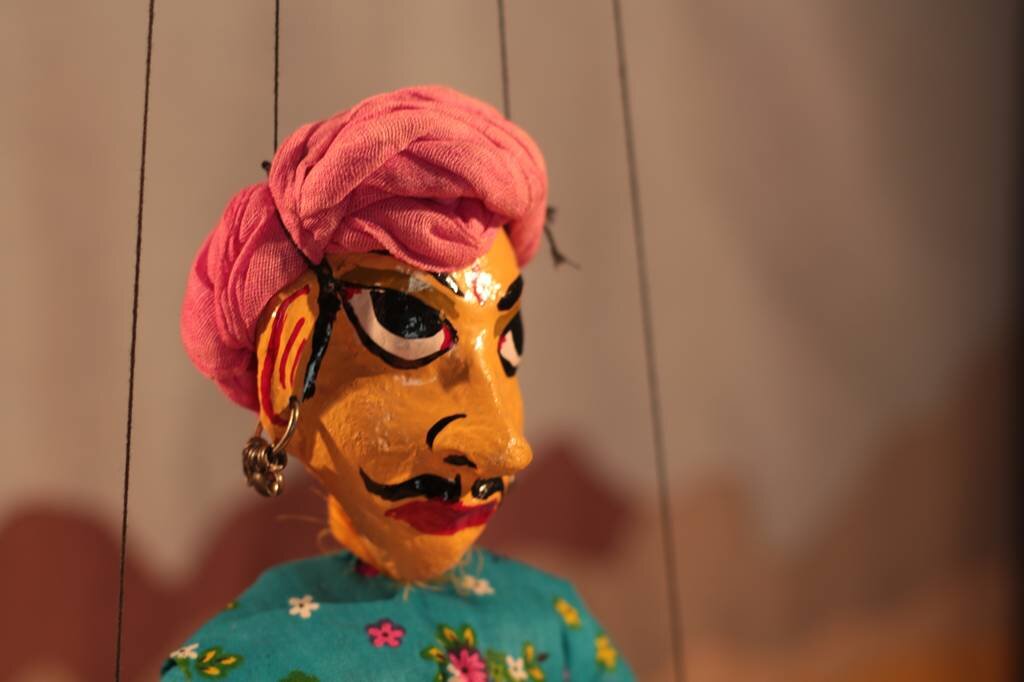
The 70-200mm was great to test with. It is a large and heavy lens, but it let me get an idea of what kind of framing I could create up to 200mm. You can't focus if you are too close, but if you go back a couple of meters, you can frame some nice shots closeup. It is heavy and can be difficult for moving shots, but a lighter lens around 135mm or so may be perfect for some of these kinds of shots.

All the lenses were really good quality. Thanks to my friends, I got to try out a good range of focal lengths. That was the main purpose of these tests. I also started to play with imperfections. I started reading about vintage lenses, which are much cheaper in general and can be of really nice quality. Some tend to flare more or have other imperfections that can be utilized to artistic effect. I ordered a few lenses, which I will experiment with further. I want to try a macro extender to try and focus at a closer distance to the puppets with the lenses that I have. I felt like I could create really sharp images with the 50mm lenses, and perhaps with some lighting, I can get sharper images out of the other lenses as well. It can be difficult to manual focus in the viewfinder. It is also challenging to arrange the shot, and not really be able to see it clearly through the camera as you move things, being a one man crew. So, I think I will get a mini hdmi cable so I can see what I am doing on a monitor, especially as I am beginning to work with lights.

 I also tested with some amazing Zeiss CP2 (Cinema) lenses. One was an 85mm and the other 28mm. They are far more expensive than all the gear I am testing combined, but it was a treat to try them. The focus and aperture rings on them are great for shooting films. I don't think I will need to change aperture mid shot for this project, but for a live action scene moving from one light setup to a drastically different one, it would be essential. Some of the older lenses have aperture rings that can be declicked to get a smooth rotation as well. The other thing with the lenses I am testing versus cinema lenses, is that regular lenses come in all variety of sizes and lengths. This is not ideal for putting them into a rig to shoot a film, while the cinema lenses of a given line are all one size, built specifically to be put in those rigs.
I also tested with some amazing Zeiss CP2 (Cinema) lenses. One was an 85mm and the other 28mm. They are far more expensive than all the gear I am testing combined, but it was a treat to try them. The focus and aperture rings on them are great for shooting films. I don't think I will need to change aperture mid shot for this project, but for a live action scene moving from one light setup to a drastically different one, it would be essential. Some of the older lenses have aperture rings that can be declicked to get a smooth rotation as well. The other thing with the lenses I am testing versus cinema lenses, is that regular lenses come in all variety of sizes and lengths. This is not ideal for putting them into a rig to shoot a film, while the cinema lenses of a given line are all one size, built specifically to be put in those rigs.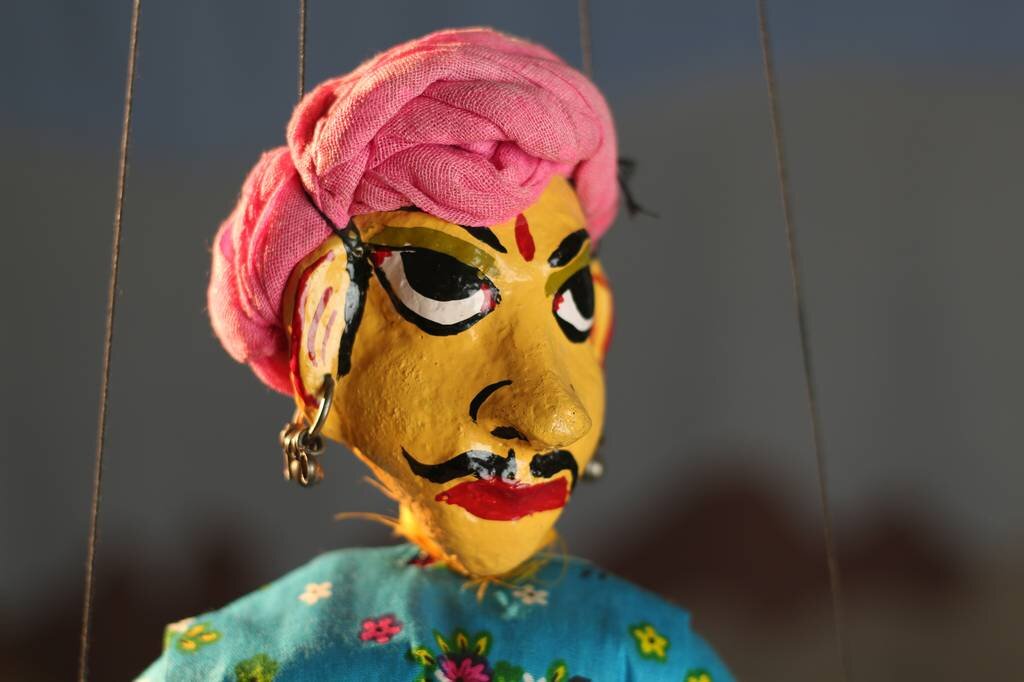
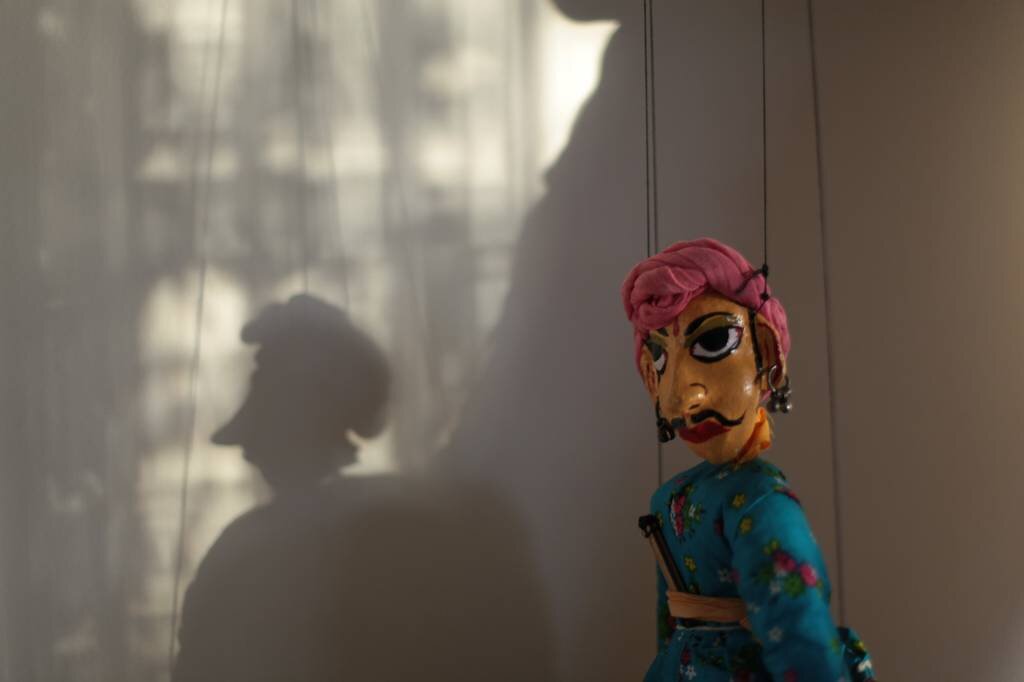
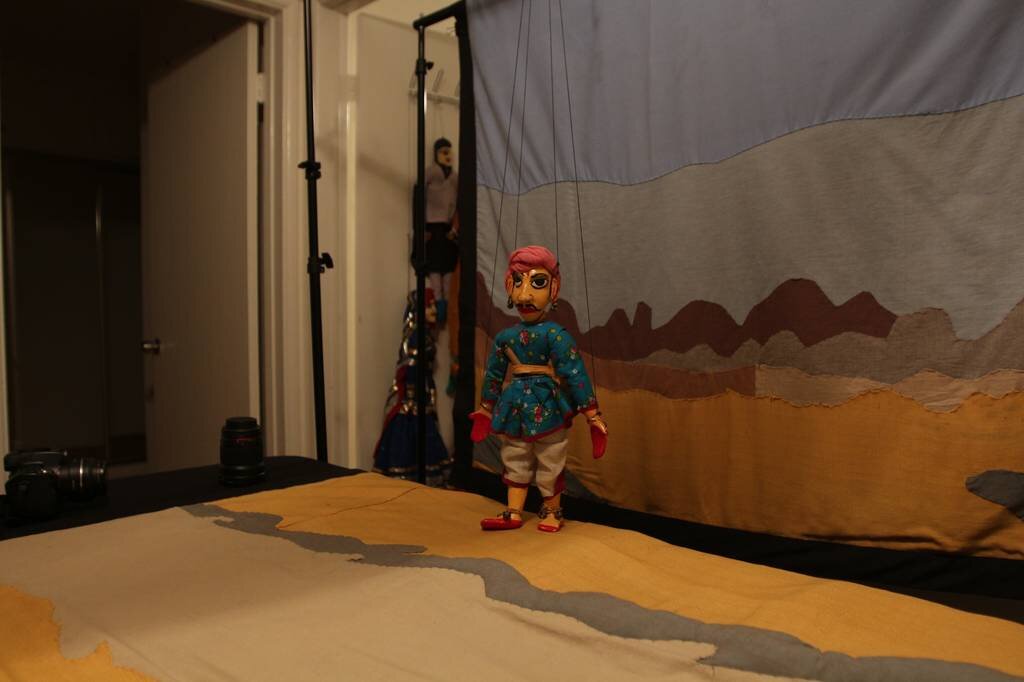
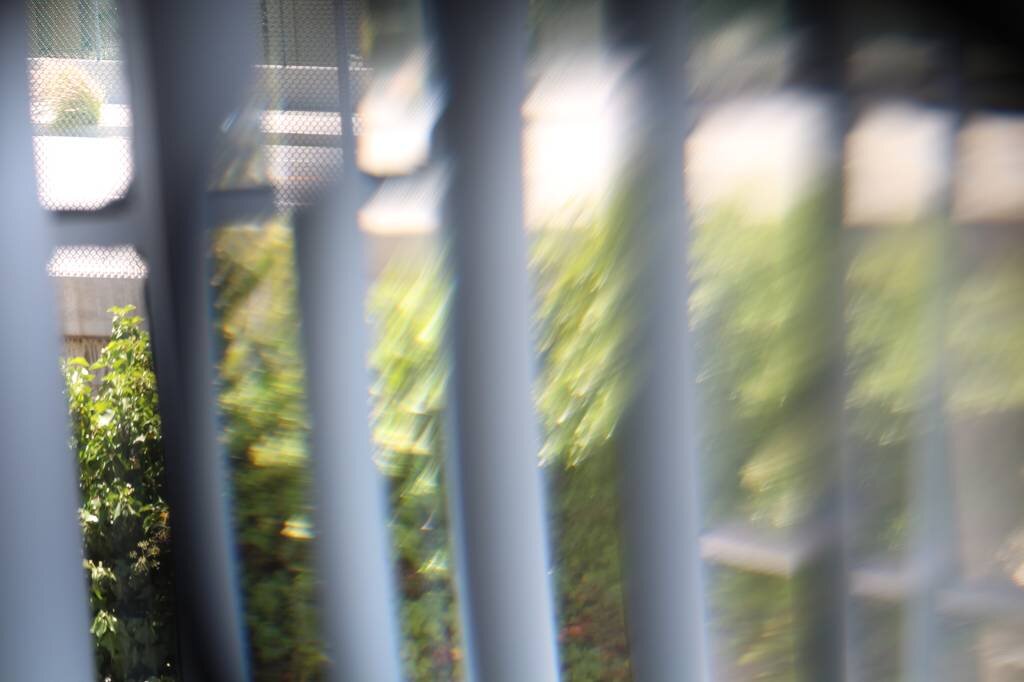
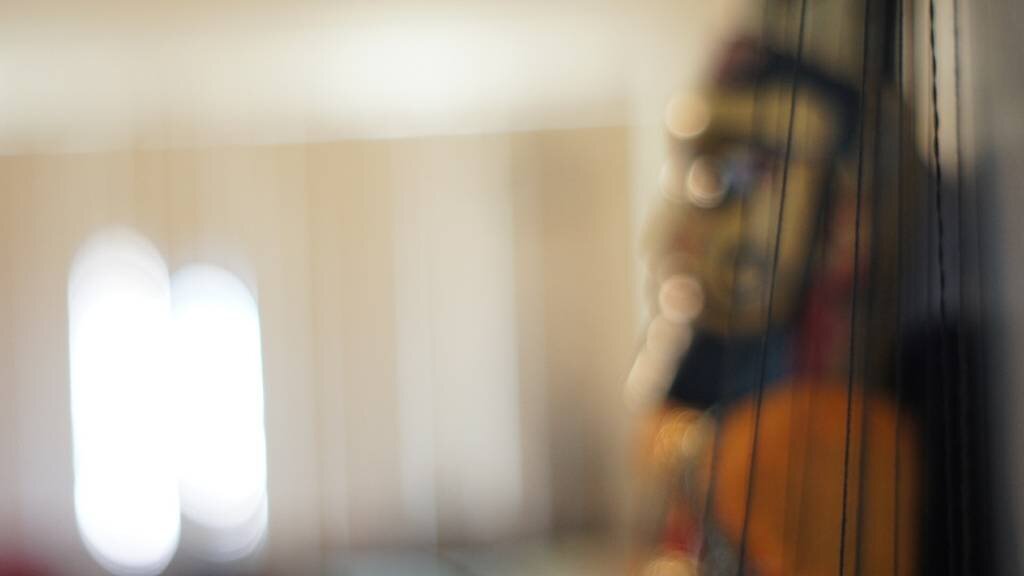
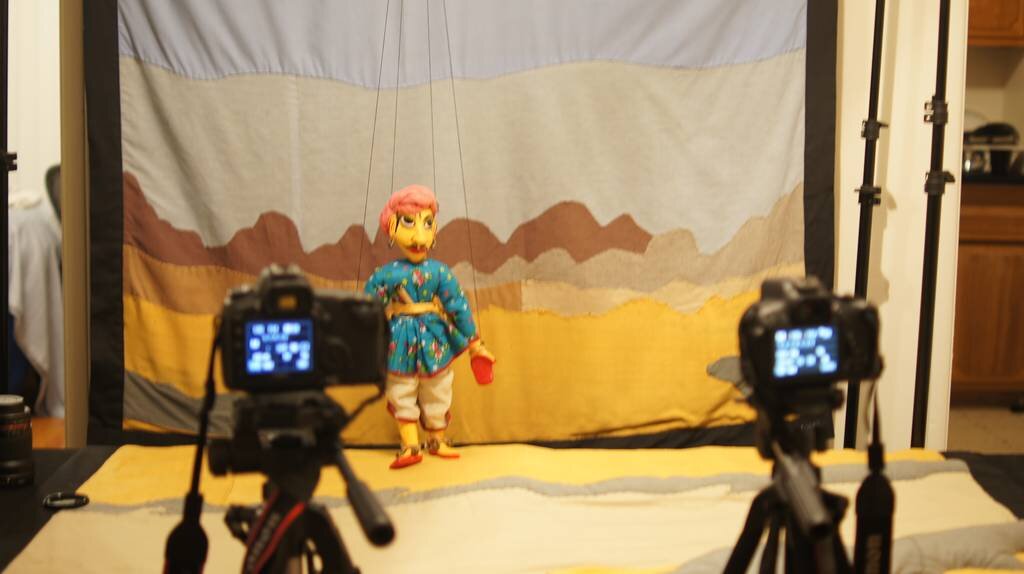
I picked up several light kits from friends as well, so I've spent the last few days arranging and rearranging and re-positioning the stage setup to keep the apartment livable and get enough space to set things up. It is challenging to work a few hours before and after work when I get time on this. Being able to keep things setup or more or less setup in one safe spot will help save a lot of breakdown and setup time and let me focus on trying to create the lighting setups I have chosen in reference images with the puppet sets. After coming back from Pakistan, it has taken time and effort to keep things going, but I've already received all kinds of generous support from friends who have entrusted me with their fantastic gear, to make this film. That was a point where I was really stuck in Pakistan. I knew friends of friends who were in the thick of the production world, but it was out of my reach to afford to rent gear and get any real help in the shoot. So many friends helped with places to stay, moral support, introducing me to people and providing access to whatever they had at their disposal. I think of all of this support as I continue to chip away at this beautiful project.Thanks to Gagan Malik for the Sony camera and lenses. Thanks to Arturo Aguilar for the fantastic Canon lenses and Mark ii camera. Thanks to Snehal Patel for the CP2 (Zeiss Cinema Lenses). Thanks to Peyton Skelton and Raja Gopal Bhattar for some lights, which I will talk more about in upcoming posts. Thanks to my father for the beautiful Minolta 50mm lens, which worked beautifully on Gagan's Sony a33. Thanks to Melisa Acoba for lending me her Holga. While I did not shoot any film, I've researched each piece of gear and there are lots of "imperfections" that could be really interesting, whether using the Holga or other means.
